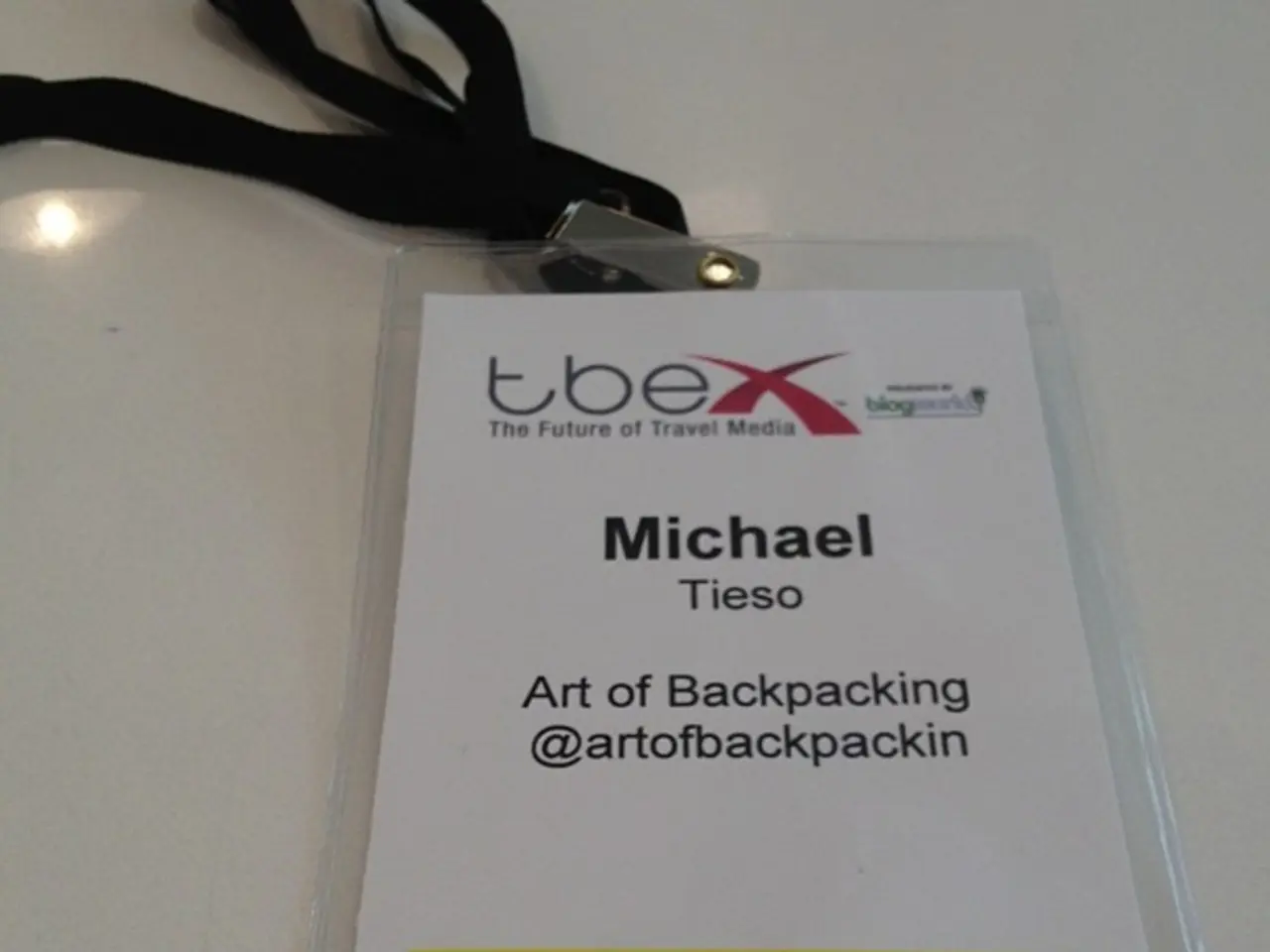Guide to Qualified Digital Archiving: Unveiling the Latest in E-Archiving Technology
In a significant move towards a more cohesive and secure digital market, the European Commission has introduced eIDAS 2.0, a regulation that includes Qualified e-Archiving as a new trust service for the long-term protection of electronic documents in Europe.
Qualified e-Archiving, an advanced version of electronic archiving, ensures the preservation, integrity, and readability of digital documents over time, maintaining their legal validity. This innovative service, one of the main innovations introduced by eIDAS 2.0 among trust services, aims to create a harmonized regulatory framework across the European Union, providing an international guarantee on the durability, readability, and integrity of digital documents.
Italy, with its qualified trust service providers like Intesa, which already offer qualified electronic signature services, electronic seals, and timestamps, is in a favorable position to integrate Qualified e-Archiving into their offerings. Intesa, a Qualified Preservation Provider recognized by AgID, is closely following the development of European regulations and preparing to meet the necessary technical and compliance requirements to obtain certification for Qualified e-Archiving.
The introduction of e-Archiving among qualified services will have a significant impact on the preservation services market, improving interoperability and increasing competition among EU providers. However, implementing Qualified e-Archiving represents a significant challenge but also a great opportunity for providers like Intesa to strengthen their position in the European trust services market.
To meet the stringent requirements of Qualified e-Archiving, providers must ensure a high level of security through certified hardware security modules, maintain privacy and data minimization via selective disclosure techniques, and support qualified electronic signatures and attestations that comply with stringent certification standards.
eIDAS 2.0 mandates that digital identity and archiving systems empower users with control over their identity data, allowing selective disclosure of personal data while protecting against re-identification risks. This can be achieved by using cryptographic methods such as zero-knowledge proofs to avoid unnecessary data leakage and linking across transactions.
Hardware-based security is critical: solutions must meet Common Criteria certification at least at the EAL 4+ level with enhanced resistance to attacks (AVA_VAN.5), ensuring robustness against tampering and privacy breaches. Practical implementations often rely on smart cards or embedded SIMs to meet these security requirements and facilitate secure storage and retrieval of personal data in encrypted forms.
Lastly, Qualified e-Archiving must support qualified electronic signatures and their validation and archiving per eIDAS standards, which can be facilitated by certified Hardware Security Modules (HSMs) compliant with FIPS 140-2 Level 3 or 4 to guarantee physical and logical security for signing and document archiving operations.
In summary, the key requirements for Qualified e-Archiving under the eIDAS 2.0 regulation include:
- Use of cryptographic measures (e.g., zero-knowledge proofs) to enable selective disclosure and prevent re-identification.
- Compliance with high-level security certifications (Common Criteria EAL 4+ with AVA_VAN.5).
- Hardware-based secure storage and signing (smart cards, embedded SIMs, or certified HSMs).
- Support for qualified electronic signatures and their validation and archiving in line with eIDAS 2.0.
eIDAS 2.0 has made significant changes to the European digital identity system, facilitating interoperability between member states and promoting the adoption of common digital identities. Qualified e-Archiving, with its focus on harmonized archiving solutions across the EU, is a key component of this transformation, designed to address the growing need for a unified approach to digital document preservation in Europe.
[1] European Commission. (2021). eIDAS Regulation 910/2014: eIDAS 2.0. Retrieved from https://ec.europa.eu/info/law/better-regulation/have-your-say/initiatives/12523-EU-Digital-Identity-and-Trust-Framework-eIDAS-Regulation
[2] European Union Agency for Cybersecurity (ENISA). (2020). Common Criteria EAL 4+ with AVA_VAN.5. Retrieved from https://www.enisa.europa.eu/topics-list/common-criteria-evaluation-methodology/common-criteria-evaluation-methodology-eal4plus-ava_van5
[3] National Institute of Standards and Technology (NIST). (2019). FIPS 140-2. Retrieved from https://csrc.nist.gov/projects/federal-information-processing-standard/fips-pubs/fips-pubs-by-number/fips-140-2
[4] European Commission. (2021). eIDAS Regulation 910/2014: eIDAS 2.0. Retrieved from https://ec.europa.eu/info/law/better-regulation/have-your-say/initiatives/12523-EU-Digital-Identity-and-Trust-Framework-eIDAS-Regulation
[5] European Commission. (2021). eIDAS Regulation 910/2014: eIDAS 2.0. Retrieved from https://ec.europa.eu/info/law/better-regulation/have-your-say/initiatives/12523-EU-Digital-Identity-and-Trust-Framework-eIDAS-Regulation
In this context, Qualified e-Archiving's introduction in the European digital market is expected to drive competition within the finance industry, as providers such as Intesa stand to benefit from this opportunity due to their existing trust services. From a broader perspective, the integration of technology, particularly advanced cryptographic methods and hardware security, plays a crucial role in ensuring the security and interoperability of the Qualified e-Archiving system, which is a key component of the European Commission's digital transformation strategy.




